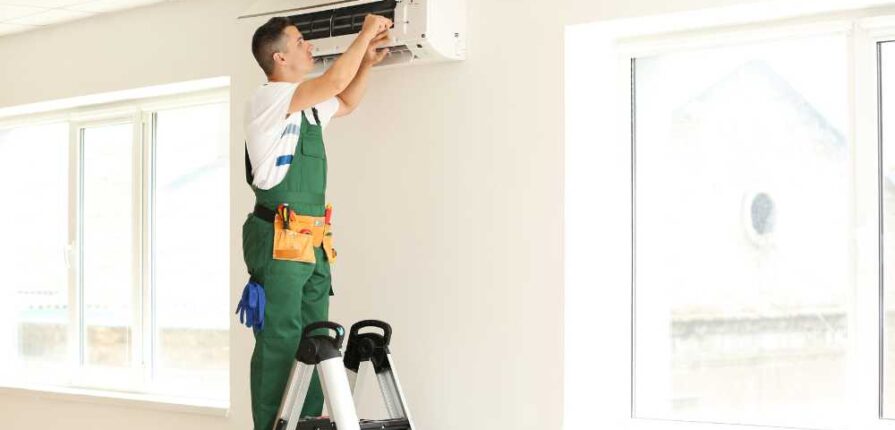Improving Indoor Air Quality: Tips for a Healthier Home Environment in San Antonio, TX.
When it comes to your home, comfort isn’t just about the temperature — it’s also about the air you breathe. In fact, according to the EPA, indoor air can be two to five times more polluted than outdoor air. For Texas homeowners, where warm weather keeps HVAC systems running for much of the year, maintaining good indoor air quality (IAQ) is crucial for your family’s health and well-being.
At Air Texas AC, we believe a healthier home starts with cleaner air. Here are simple yet effective tips to improve your indoor air quality year-round.
1. Replace Air Filters Regularly
One of the easiest and most important things you can do is to change your HVAC air filters regularly — at least every 1-3 months. Dirty filters can trap dust, pollen, pet dander, and even mold spores, circulating them back into your home. Using high-quality HEPA or pleated filters can capture smaller particles and significantly improve your air quality.
2. Schedule Routine HVAC Maintenance
A well-maintained system doesn’t just cool your home more efficiently; it also helps keep your air clean. During a professional tune-up, we check for issues like dirty coils, clogged drains, and duct leaks that can contribute to poor air quality. Regular maintenance ensures that your system is working at its best to filter and circulate clean air.
3. Consider Upgrading Your Filtration System
If your family suffers from allergies, asthma, or respiratory issues, upgrading your filtration system could be a game changer. Options like whole-home air purifiers, UV light systems, and advanced HEPA filtration can remove bacteria, viruses, and other airborne contaminants, making your home safer and healthier.
4. Control Humidity Levels
High humidity can create the perfect environment for mold, mildew, and dust mites — all of which degrade air quality. Using a dehumidifier, especially during humid Texas summers, can keep your indoor air at optimal humidity levels (between 30% and 50%) and discourage allergen growth.
5. Improve Ventilation
Fresh air circulation is essential for diluting indoor pollutants. Whenever possible, open windows and doors to allow outside air in. Installing a whole-home ventilation system can also help remove stale air and bring in fresh, filtered air without compromising your HVAC efficiency.
6. Keep Your Home Clean
Routine cleaning plays a major role in indoor air quality. Dust surfaces regularly, vacuum carpets with a HEPA-filtered vacuum cleaner, and wash bedding often. Reducing dust buildup minimizes the number of allergens floating in the air.
7. Watch for VOCs (Volatile Organic Compounds)
Common household products like paints, cleaning supplies, and air fresheners can release VOCs that harm your indoor air. Choose low-VOC products whenever possible, and make sure areas are well-ventilated when using chemicals.
8. Add Some Houseplants (Carefully)
Certain houseplants, like peace lilies and snake plants, are known for their air-purifying qualities. Just be mindful not to overwater them, as excess moisture can promote mold growth.
Breathe Easier with Air Texas AC
Improving indoor air quality doesn’t have to be complicated. Small steps can make a big difference in creating a healthier, more comfortable home environment for your family.
At Air Texas AC, we offer a range of air quality solutions — from system upgrades to professional HVAC maintenance. Ready to breathe easier? Contact us today to schedule your indoor air quality assessment!

